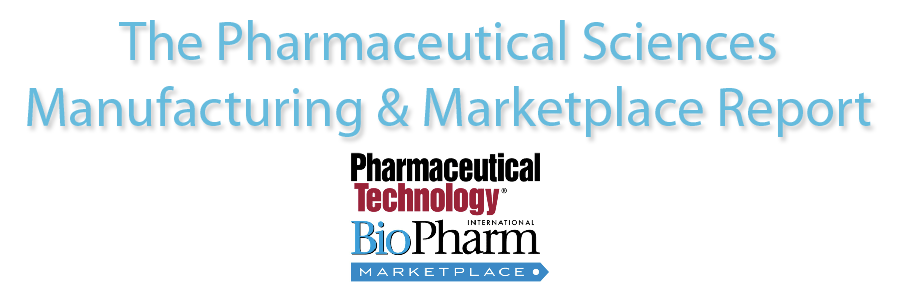This week marks the third issue of The Pharmaceutical Sciences, Manufacturing & Marketplace
Report eNewsletter, and I am very
pleased with the positive responses I have received from all of the
contributors to these first issues. Although I have been involved in the
chemical and allied industries in some capacity for nearly 30 years, as I work
on this newsletter, I am reminded and impressed at the level of innovation and
rapidity of technological advance that is achieved on a regular basis.
That is why your input to the newsletter is so important.
Our goal is to share with our readers the advances in your company’s product and service
offerings and how their practical application is resolving the scientific
challenges in drug development and manufacturing. That goal can’t be achieved
without insight from you, whether you are a formulation and drug-delivery
scientist, analytical chemist, process development and manufacturing scientist,
engineer, QA/QC professional, or production expert.
Here are the topics I am working on for the April issues of The
Pharmaceutical Sciences, Manufacturing & Marketplace Report. Please let me know if you have a particular question you would like
to see addressed.
·
Parenterals: Scale-up considerations for
freeze-drying and advances in visual
inspection systems
·
Biological API Manufacturing: Developments in cell
culture media and peptoids
·
Pharmaceutical Analysis: Advances in particle size
analysis and protein analysis
·
Chemical API Manufacturing: Fluorochemistry and
the use of microreactor technology
·
Solid Dosage, Semisolid, and Specialty Dosage Forms:
Taste Masking and advances in mixing and blending equipment
I am also considering topics for future issues The
Pharmaceutical Sciences, Manufacturing & Marketplace Report. Please let me know if there is a topic you would like to have
covered. I also welcome contributions – both to the eNewsletter and to this
blog. I am eager to more voices involved in the conversation, so please let me
know if you have something you would like to say.
And don’t forget. If you haven’t already, you can sign
up for the Pharmaceutical Sciences,
Manufacturing & Marketplace Report here.
Cynthia
A. Challener, PhD
Editor
The Pharmaceutical
Sciences, Manufacturing & Marketplace Report
